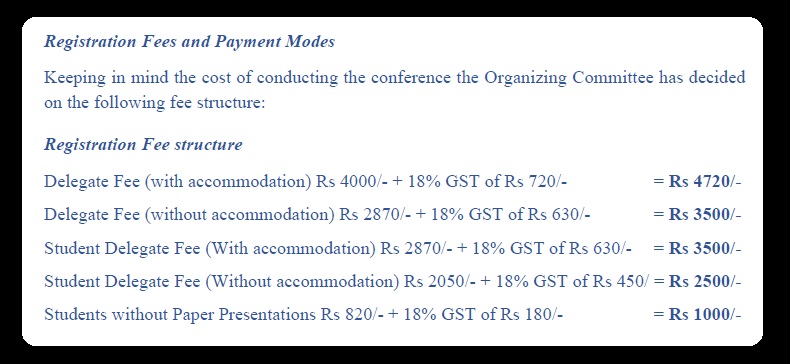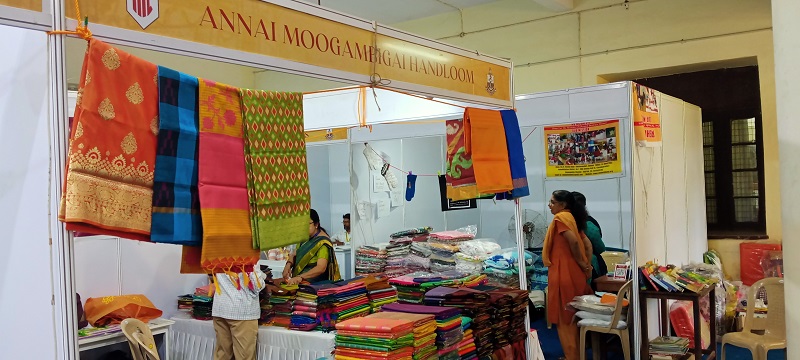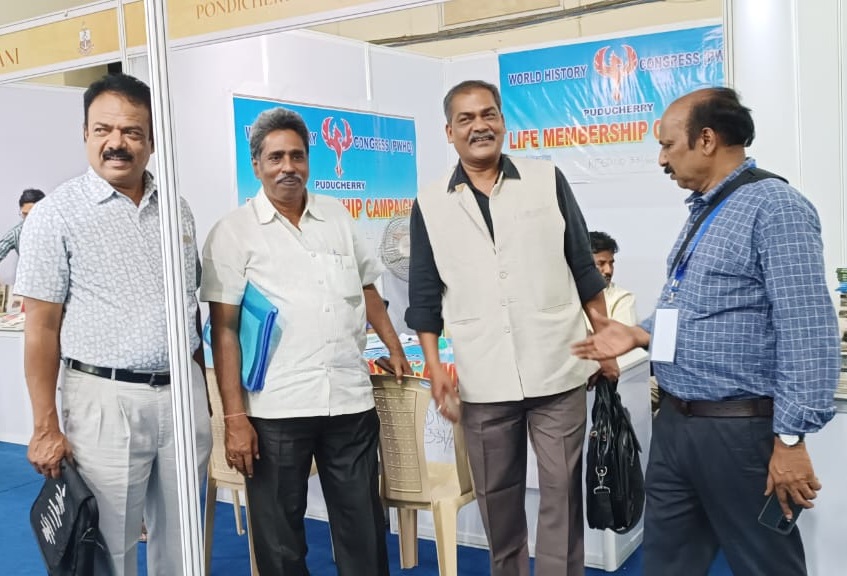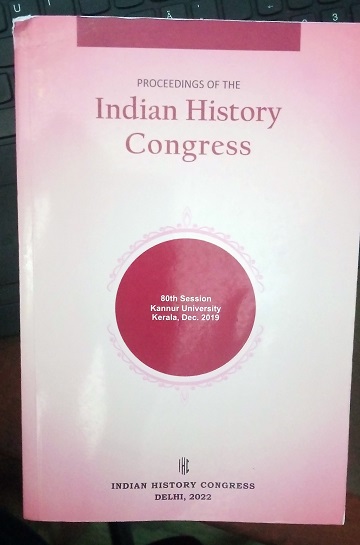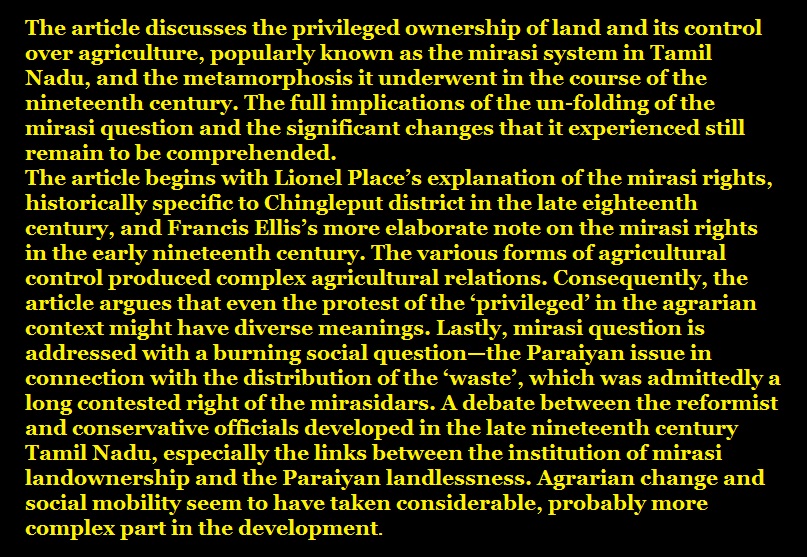Is it difficult to write 100-200 years old history faithfully and honestly in the Indian context? – Ideological struggle (1)

Writing recent and contemporary history: The true, authentic and 100% genuine history of the persons who were, have been and are so dominant, powerful and authoritarian, cannot be written faithfully and sincerely. So also the political, military and martial activities, struggles and combats cannot be recorded honestly. Though the facts of such persons and events are known to many, they may not be able to tell them out openly. Even if fallen angels are there, it is difficult to write about them or making angels out of demons is also a much more difficult task. As time goes on, either people start forgetting the past or the past is made to be forgotten by the vested groups. Mostly, such narratives and discourses result in whitewashing or colourwashing the contemporary history. Historians claim that they do not require any objectivity, then, it works well with the writing history of the current leaders and events. Censor, editing, expurgation, expunction and even destroying evidences had / have been the processes of suppression of facts. In history writing or historiography, whether the intention or their culpability of historians to do so, is not known or discussed.

Is the history of the last 100 – 200 years known to all Indians?: India has been divided into States and Union territories, mostly based on the linguistic factor and few on other colonial related issues[1].
- Andaman and Nicobar Islands
- Laccadive, Minicoy & Amindivi Islands (later renamed Lakshadweep)
- Delhi
- Dadra and Nagar Haveli and Daman and Diu
- Manipur
- Pondicherry, Mahe, Yanam
- Tripura
- Himachal Pradesh
Significantly, the history of the last 100 – 200 years is not known to Indians of the current generation and also youth. The South Indians do not read the history of North-west and North-east of India. Andaman and Nicobar, Laccadive Islands are considered as tourist spots and their history is not studied. The north-eastern states are rarely read either in history books or daily newspapers. Whenever, anything negative happened, that is alone prominently reported[2]. This type of unbalanced conditions creates many misunderstandings among the common people. Many North-eastern and Kashmir students are found in many Universities and Colleges in South India and other places. Though, they could be identified easily, they are treated well and return to their states with degrees. Perhaps, they carry the sweet memories (with some history) also to their native places. However, it is not known how many South Indians, particularly, the Tamils or Dravidian protagonists go to the North-east and study there. Of course, there is no peaceful conditions there in Kashmir and north-east like other parts of India. Therefore, the students who studied and going back, should tell their people to keep their states peaceful, and conducive so that students from other states go there and study.

The syllabus of the State cannot differ much from the national main-stream: Each State and Union Territory have their Ministry of Education and department and they formulate the syllabi for all the subjects taught in the schools and colleges. Though, SCERT has been there, the State Education Department takes decisions, finalizes syllabi, produce books and distribute them. Thus, ultimately, only those books have authority over the students for all purposes. Here, whenever the government changes with the newly elected political party, the syllabus, particularly that of arts, humanities and languages are subjected to change. The lessons of erstwhile government rulers, details and favourites would be removed completely. The life-history of the leaders of the newly elected party-government would be included in edited version[3]. This is how, the state and regional textbooks suffer. Thus, the State Board, Matriculation, NCERT and other categories have their own syllabus and books also. Mostly, they cater to the needs of the candidates appearing for competitive exams also. Thus, such books help the students well. If this difference, differentiation and categorization impact the students, then, the academic experts should be careful for balanced conditions. As crores of Indian students appear for many common entrance examinations, they cannot be fed only with the regional affairs. Nowadays, language is also made controversial for competitive entrance examinations[4].

Race, race-related myth, hypotheses and theories are followed: Linguistic superiority, importance and divisive issues also make certain states to behave differently in their approach towards other states that speak different languages. Definitely, the “Aryan-Dravidian” dichotomy makes the pro-linguistic harbingers to have a distinctive ideology in South India[5]. The concept of race was proven unscientific and such hypotheses and theories were rejected already[6]. The ideologically moulded propagandists with the concepts of race, racism, racialism, language, caste and related social issues make more divisive conditions[7]. New hypotheses and theories have been floated, developed and even included in the academicia and such modern-day racial myths are made to believe[8]. Ironically, the historians promote and support such unscientific race related hypotheses and theories. Even international experts change their stand, if they change their stages[9]. As far as the political leaders are concerned, they are not bothered about anything scientific, though, they reportedly hail science and technology. Thus, the history of their leaders is suppressed, edited and even modified to suit the political, social, economic and religious exigencies.

Communism is mixed with regional separatism easily: With the Communism added to certain political splinter groups and the Communists themselves divide them into different groups with various ideologies interpreted[10]. Thus, these fringe elements joining with other separatist parties join together ruling roost with people groups. Linguistic exclusivism turned regional separatism gets ideological support from these ideological groups. Thus, the ideological concepts of self-determination, the right to secede and such others ideas are with the linguistic exclusivism, regional separatism and racial superiority[11]. Either North India or South India always placed each other at loggerheads without any major problem that reflects even today in socio-economic and religious-political issues. Now, the north-Indian workers working in Tamilnadu has been made a political issue, however, the infiltration of Bangladeshi workers is not questioned. In fact, Mamta Banerjee has an accommodative political policy for them[12]. Politically, though, the Communists lost their power, ideologically, they continue to influence historians, history forums and history, as could be noted from the proceedings of IHC, SIHC etc.

Politicized commerce, ideologized business and monopolized trade: Newly generated cinema, cricket and media commercializations cross all linguistic bearers, of late, they also add to the existing separatist tendencies[13]. Here, surprisingly just like medieval Indian martial and marital alliances, they too have coalition, alliances, franchise etc., converting such business enterprises to monopolies. “Hindi teriyadu poda” (I do not know Hindi) and making Hindi films, creating Hindi and other north-Indian language channels etc., have become their part of business, where their contradictions are not hidden or suppressed[14]. Thus, here, also, the audience or consumers can only see only what the media magnets impose and not what the viewers want. However, regularly, the mobile and internet charges are paid by the common public and collected by those who politicized business and monopolized trade. Thus, the followers might be surprised how their favourite Heroes have been in the wrong side or in different politicized lobby[15]. Under such circumstances also, the media gods and goddesses cannot be questioned, even, many know about their recent-past history.
© K. V. Ramakrishna Rao
15-05-2024

[1] For various reasons, the status of them are kept as Union Territory and also changed to State, vice versa, as happening in the case of several North-eastern states.
[2] Recently, much has been reported and debated in the local Tamil channels about the Manipur incidences, as otherwise, Manipur is never thought of by them.
[3] All the details that are not favorable would have been removed and other details glorifying that characteristics, whether they were possessed by the leaders or not, would have been mentioned there. In fact, the book-writers of such caliber only be appointed as the members of text-book committee.
[4] The NEET (UG) 2023 would be conducted in these languages: English, Hindi, Assamese, Bengali, Gujarati, Kannada, Malayalam, Marathi, Odia, Punjabi, Tamil, Telugu, and Urdu.
[5] In Tamilnadu, even today the politicians, theoreticians and ideologists – known as Dravidologists – believe in the Aryan-Dravidian races and target one particular community for their survival.
[6] Yet, they talk about “Dravidian stock,” “Dravidian model” etc., and produce books also for propaganda.
[7] But, the main-stream elite, eminent, emeritus, progressive and other secular bandwagon of historians do not correct, check or condemn them, rather promote them.
[8] The existence of races Aryan and Dravidian, Aryan invading India and driving the Dravidians to South and such other theories are still accepted and studied in the academic syllabus and competitive examinations.
[9] The speeches of Asko Parpola during the last 50 years could be noted – when he attended Chemmozhi conference and presented his paper, he changed completely.
[10] Many groups were / are operating e.g., – The Tamil Nadu Liberation Army (TNLA) – https://www.satp.org/satporgtp/countries/india/terroristoutfits/TNLA.htm
[11] Even political parties have been there with such ideologies, but now, slowly, they have started playng down and singing different song. It may be noted that PMK of Tamilnadu was having such ideology, but, now it is in the NDA / BJP alliance in 2024.
[12] There have been a lot of news, how the infiltrated Bangladeshis are settling down in the border areas of West Bengal getting Aadhar card, Voter ID, ration card etc.,
[13] India has to deal with thousands of such groups – https://www.satp.org/terrorist-groups/india
[14] I do not know Hindi – எனக்கு இந்தி தெரியாது போடா became some sort of propaganda with T-shirts, social media postings etc., where, the DMK leaders too participitated.
[15] The advertisements appearing – from cricket to real estate – in the print and electronic media speaks volumes of such duality or commercial hypocrisy.

Filed under: academicia, accounts, Aligarh Muslim University, ambedkar, AMU, anthropology, anti-brahman, anti-brahmin, anti-caste, anti-hindu, anti-india, anti-indian, anti-vedic, antique, antiquity, archaeology, arts, Aryan, bharat, citizen, country, Delhi, india, language, leader, nation, region, state, statue, tomb | Tagged: ace, ambedkar, anti-hindi, bharat, culture, divisive, fanaticism, hindi, history, India, language, leader, linguistic fanaticism, nation, nation-state, politics, racialism, racism, region, regionalism, sectarianism, state, statue, tomb, travel | Leave a comment »



